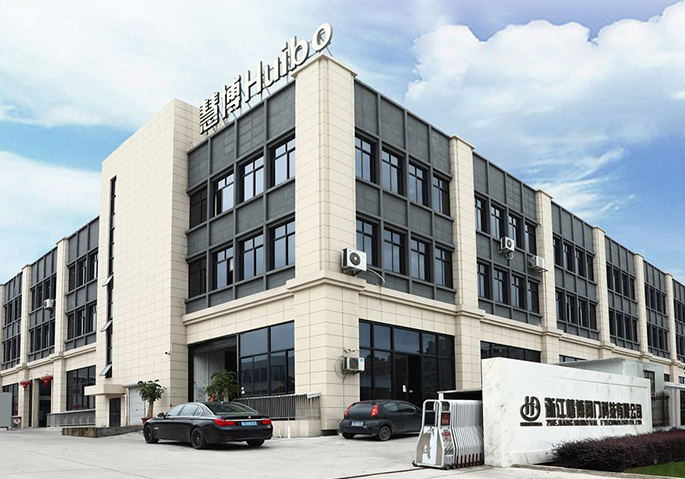OEM Custom Traditional Corner Polished Brass Radiator Valves Manufacturer In the world of home comfort, the radiator valve is a small but mighty hero. It's the unsung savior that ensures your home is ...
Product Category:
Product:
We can save cost and create value for you
Our Products
-

PEX Polished Thermostatic Radiator Valve With Head
-

Chrome Plated Radiator Valve for home use
-

Nickel Plated Temperature Control Thermostatic Brass Radiator Valve
-

Chrome Plated Automatic Radiator Valve
-

Angle Pattern Manual Brass Radiator Valve
-

Brass Straight Type Backwater lockout Radiator Valve
-

Angle Type Brass Radiator Valve With Plastic Hand Wheel
-

Manual Brass Radiator Valve Angle Type For Radiator Heating
-

Nickel Plated Angle Type Brass Radiator Valve
-

Manual Return Brass Radiator with Pex Connection
-

Lock shield Brass Radiator Valve with Ce Certificate
-

Ce Mark Nickel Plated Return Brass Radiator Valve
Thermostate Brass Radiator Valves Manufacturers
The radiator valve can set the room temperature according to the different requirements of the user. The temperature sensing part of the valve constantly feels the room temperature and automatically adjusts the heat supply at any time according to the current heat demand, so as to prevent the room temperature from overheating and achieve the highest comfort of the user. Adopt humanized appearance design, easy installation, easy operation, sensitive adjustment, good linearity, convenient temperature locking, can lock a person's temperature value can also lock a temperature range, feel good when using.
25 years of experience
Zhejiang Huibo Valve Technology Co., Ltd.
Zhejiang Huibo Valve Technology Co., Ltd. is a leading Wholesale Thermostate Brass Radiator Valves Manufacturers and Thermostate Brass Radiator Valve Factory in the valve industry, with more than 25 years of experience, specializing in the field of HAVC system parts and brass valves. Huibo Valve has its own factory, which is located in Yuhuan County, Zhejiang Province, the hometown of brass valves in China.Now as the top manufacturer of high quality HAVC system parts and brass valve, our main products cover brass manifold, stainless steel manifold, thermostatic radiator valve, manual radiator valve,balance valve, motorized valve, air vent, ball valve, gate valve, gas valve, check valve, brass fittings and so on with more than 40 series and 2000 varieties.

CERTIFICATE
OUR LATEST NEWS
-
How Radiator Valve Manufacturers Tailor to Your Needs?
Read More + -
The Role of Radiator Valve Manufacturers in Modern Homes
Read More +Wholesale Custom Traditional Chrome Nickel Radiator Valves Manufacturer In the quest for energy efficiency and comfort, the role of radiator valve manufacturers has become increasingly significant in ...
-
Why is a radiator valve manufacturer important in the art of heating?
Read More +Sale OEM Square Angled Traditional Straight Radiator Valves Manufacture The art of heating is a delicate balance of aesthetics, efficiency, and comfort. It's not just about warming a space, but doing ...
-
A Guide to Choosing the Right Radiator Valve Manufacturer
Read More +China Cheap Radiator Brass Angled Radiator Chrome Corner Valves Manufacturer When it comes to home comfort and energy efficiency, the role of radiator valves cannot be overstated. These small but cruc...
Industry Knowledge Extension
The Importance of Thermostate Radiator Valves
Why Choose Brass Radiator Valves?

 English
English Español
Español русский
русский Deutsch
Deutsch










